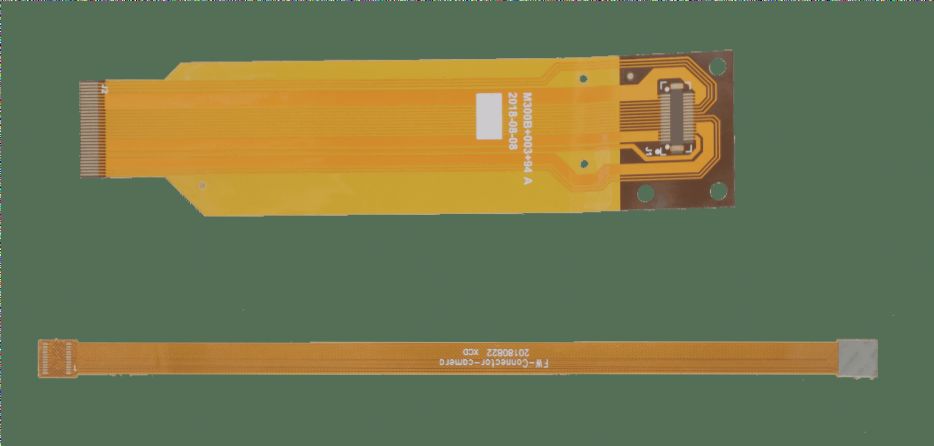The Future of Flexible Screen Phones and the Role of Flexible Circuit Boards (FPCs)
As smartphone technology continues to evolve, the emergence of flexible screen phones signals a potential shift in design trends towards full-screen devices. Flexible circuit boards (FPCs) have become essential components in consumer electronics, offering lightweight, thin profiles, and exceptional flexibility. In the realm of folding screens, FPCs are poised for widespread adoption, albeit with existing technical challenges that manufacturers are actively addressing.
Key Players and Technical Challenges
Leading manufacturers like Huawei, Samsung, and Royole have already introduced foldable screen phones, with others like Xiaomi, OPPO, and vivo following suit with prototypes. Despite progress, hurdles remain for mass production, with FPC application standing out as a critical obstacle. Overcoming technical difficulties is paramount to realizing the full potential of foldable devices.

Advantages of FPC in the Industry
FPC’s attributes such as lightness, thinness, flexibility, and high wiring density align perfectly with the demand for sleek, compact devices. It has positioned itself as a frontrunner in the flexible PCB sector, particularly in enabling flexible displays and integrated designs. While achieving flexible displays with FPC is relatively straightforward, developing foldable PCBs requires extensive research and faces material challenges.
Applications and Market Trends
FPC finds diverse uses across mobile terminals, consumer electronics, automotive, medical, aerospace, and military fields. The mobile sector, especially smartphones, represents a significant area for FPC application, setting high technical standards and steering future innovations. The rise of flexible smartphones underscores the need for durable FPC designs capable of enduring frequent folding, driving demand for advanced and larger FPCs.
Challenges and Growth Opportunities
While FPC production primarily occurs in batch processes, constraints exist due to equipment size limitations. However, the increasing integration of FPCs in mobile phones signifies a growing market. Overcoming challenges in large-scale applications like folding screens requires cost-effective strategies such as mass production and technological advancements to manage FPC costs efficiently.



